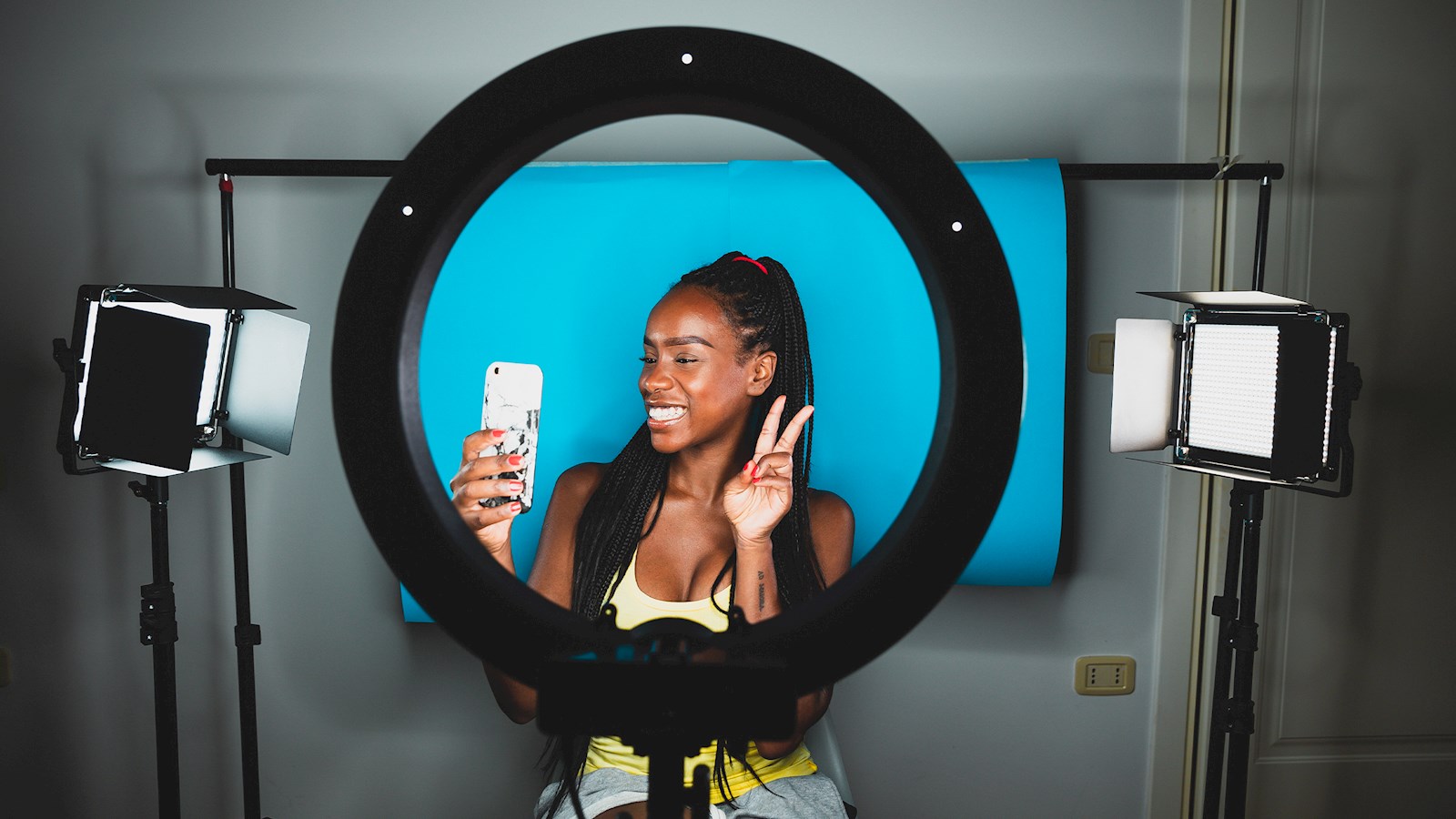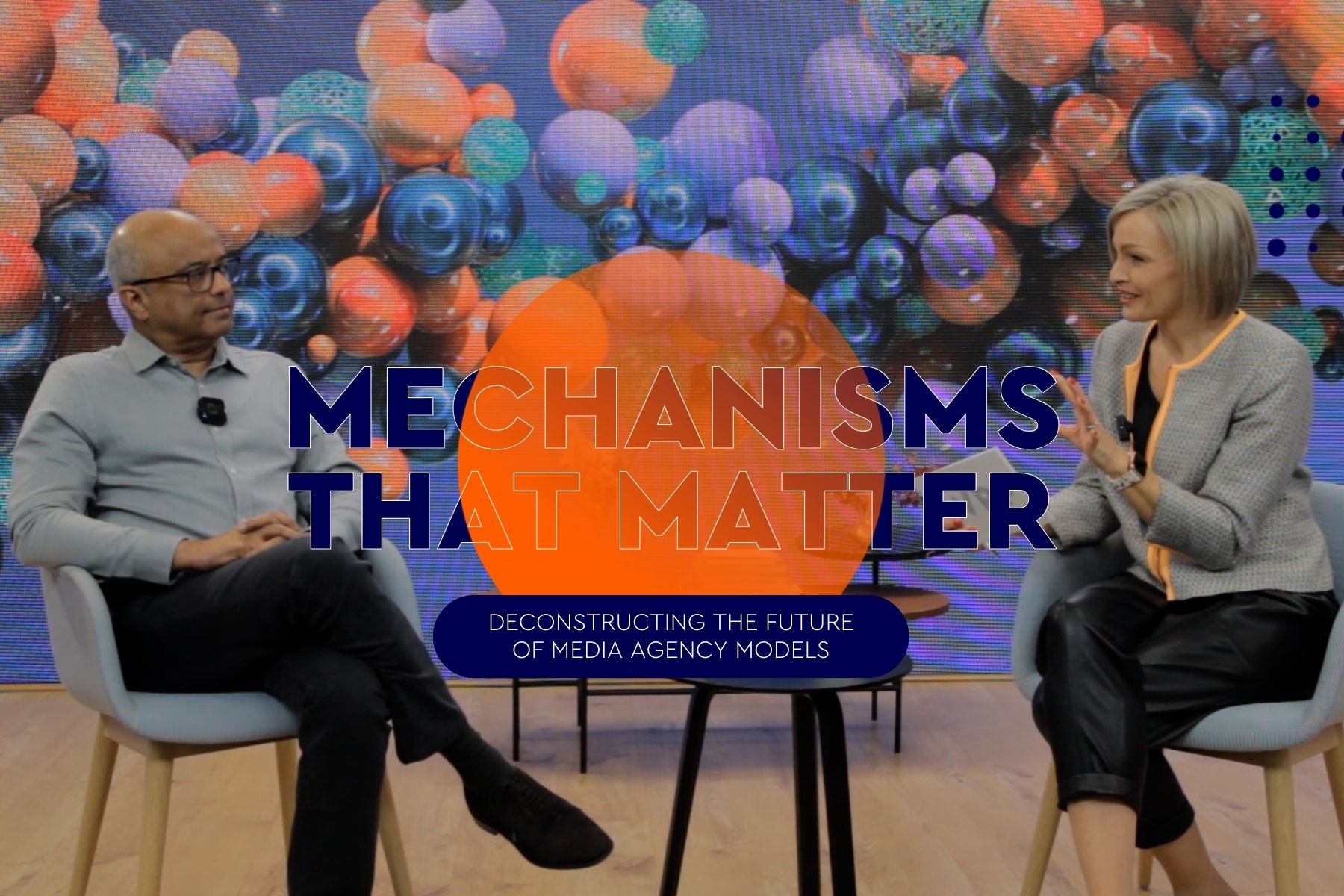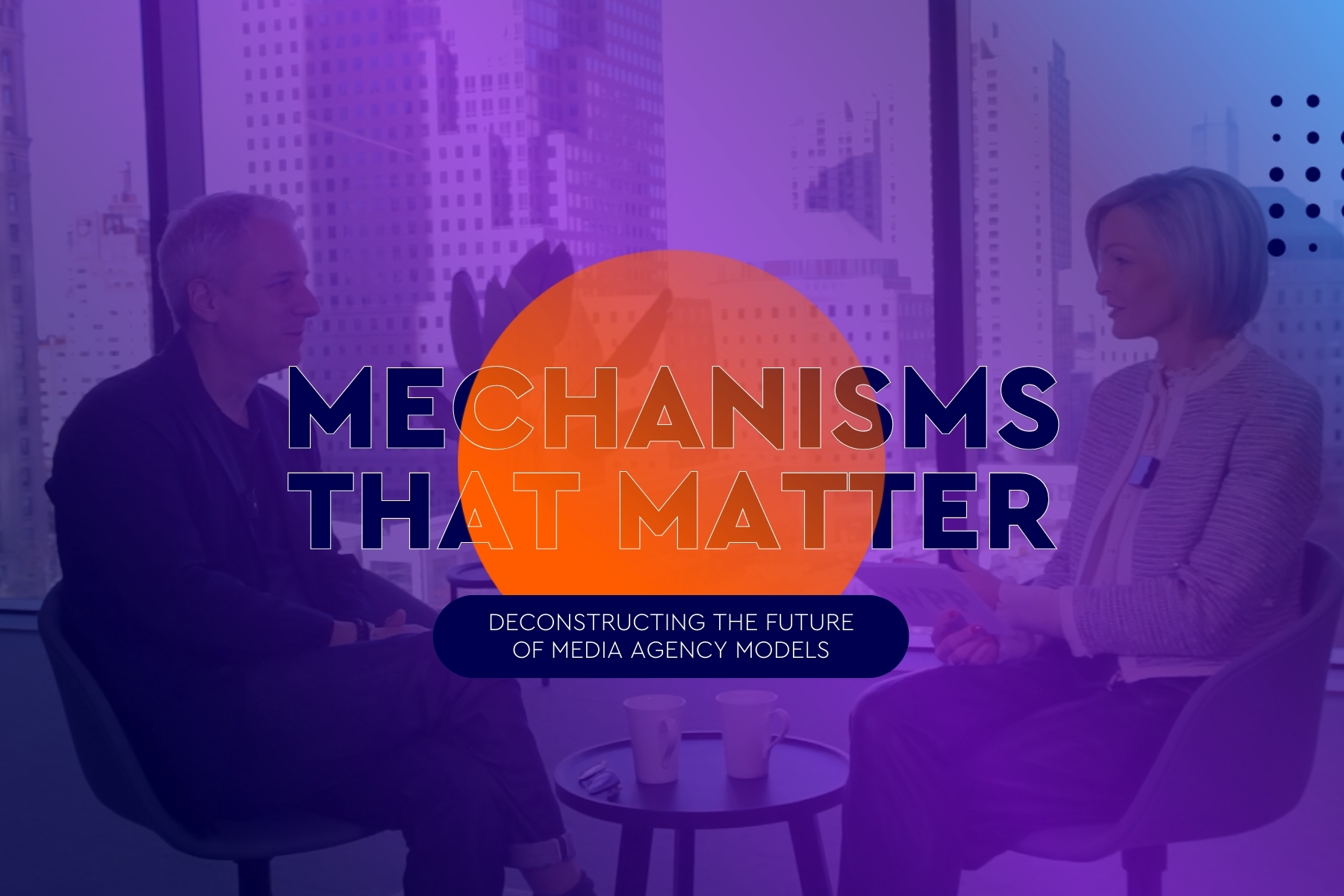
Benefits of long-term influencer marketing
Why building longer-term relationships with influencers can lead to more meaningful results
‘Long-term relationships’ is becoming the buzz phrase of the moment in the creator space. This is despite the fact that, influencer ambassador programmes have been around for some time, with pioneers such as Lancôme, American Express and Redbull paving the way for others.
While this approach was initially adopted by only a handful of players, it's undeniable that brands and influencers are increasingly shifting towards longer-term collaborations.
The pendulum is noticeably swinging from elusive, one-off, brand- influencer deals which can often be viewed as less believable and transactional, towards steadier, longer-lasting commitments with potential brand advocates.
As brands aspire to adopt this approach, they need to understand the wider and ever-evolving context of the creator space. For one, influencers are increasingly moving towards a more diversified monetisation approach. Brand deals are no longer their primary source of revenue with the uptick of subscription models tied to exclusive content, such as Patreon, affiliate marketing, as well as the opportunity to launch their own brands.
In a nutshell, influencers are now even less motivated by the pure financial aspect of brand collaborations – particularly those who have been influencing for some time. They can now afford to be even pickier.
The advantages for creators
When it comes to longer-term agreements, what would be the appeal for influencers besides financial gain? Why would they want to collaborate with a brand for a longer period versus securing a more varied portfolio of collaborations?
Well for one if the brand, its purpose, or its offerings truly align with the values of an influencer who happens to be an existing customer, a steady partnership would be a natural synergy that would benefit both parties.
Many creators are increasingly welcoming the shift from purely creating towards creating and consulting. This gives influencers the opportunity to have a say in how and what brands are marketing. This could include contributing to the product development process and providing creative counsel to organisations often disconnected from the audiences they are trying to reach.
The advantages for brands
How about the brands themselves? Why would a ‘fewer, better’ approach be more favourable? Aside from the obvious efficiencies and time saved from continuously having to find, contract and brief new creators, there are other more fundamental benefits to working with creators on a longer-term basis.
First, the credibility factor is crucial at a time when social media feeds are inundated with product and service recommendations. If an influencer regularly and repeatedly references a specific brand (whilst being mindful of oversaturating their audiences), this could lead to increased brand recall and loyalty.
Next, the qualitative audience insights from these creators will be invaluable, particularly as they are on the front line and therefore, true experts in understanding how audiences interact with content. Creators are at the receiving end of feedback around products and campaigns, much of which is delivered through their DMs.
Just think of the potential of these strategic partnerships – the ability to really stretch those agreements into a whole mosaic of opportunities, ranging from internal communications, integration with earned media activities, spokesperson opportunities, creative counsel, cross category support and more.
Results that speak for themselves
Ultimately, brands are looking for true and tangible impact. When it comes to successful long-term collaborations, the proof is in the pudding. Take the example below:
Dove was looking to embark on an authentic advocacy programme by partnering with a strategically picked, highly influential online voice who had the power to unlock real purchase power and truly align with Dove’s values and purpose-driven ethos. In addition, Dove was looking to master the art of finding the right profile and drew up a list of important criteria, across both product and purpose communications.
After a rigorous process of discovery, vetting and profiling, BCW implemented its proprietary "Trufluence Advocate" framework and approached Stacey Solomon, a television personality and highly influential online content creator.
BCW developed an ongoing, long-term programme where Stacey would be fully integrated into Dove’s owned, earned and paid activity across all campaigns and categories. To make this partnership work as hard as possible for Dove, the strategy was centred around co-creation, product conversion and earned media.
BCW worked collaboratively with Stacey Solomon on campaign content ideation to ensure her branded content maintained the utmost authenticity and generated high levels of engagement with her audience. BCW also worked with her to craft the campaign content to garner earned media appeal, amplifying the campaign messages and product placement through her unique and trusted voice in top-tier and wide-reaching media titles.
To help drive organic content and engagement outside of key campaign activity, BCW kept Stacey stocked up on new and existing Dove and Baby Dove products throughout the partnership which made frequent, organic, unprompted appearances in her day-to-day content.
A snapshot of some of the results of the collaboration include:
Dove Body Wash/ Skin Unfiltered:
- 700+ UGC of unfiltered images
- Engagement rate of 35%
- Generated 49,932 swipe-ups to the product on Superdrug.com
- Swipe-ups culminated in a 59.6% uplift in product sales
- Stacey’s quotes and social content were featured in top-tier titles including Grazia, Prima, Mail Online and helped to place a feature article in Mother & Baby
Baby Dove:
- 57.5% uplift in Baby Dove product sales at Superdrug
- 35,000+ swipe-up links to purchase
- This resulted in the Baby Dove Biodegradable Wipes being the 2nd Best Selling SKU on Superdrug.com during the week of the campaign
1-Minute Super Conditioner:
- 336% sales uplift on the 1-Minute Super Conditioner
- 221% sales uplift on Dove hair mass SKUs as a bi-product correlating directly to Stacey’s social content
- 21,000 swipe ups on Stacey’s link to Superdrug posts reaching 6,955,425 total impressions
Gradual Self-tan:
- Within 24 hours of Stacey’s advocacy posts there had been 93,437 swipe-ups to the Superdrug link
- Swipe-ups resulted in £4,000 worth of product sold using her unique discount code
- +1,394% uplift in sales
- Leveraged Stacey’s content to drive earned PR, with coverage appearing in the likes of OK, Grazia and Closer – extremely rare on the back of paid for influencer content
- Sales of Dove’s GST on Amazon rose by 40% that week
Some relationship advice
Before brands jump in headfirst, there are some precautions to consider. For instance, there is much we can learn from romantic relationships that can be applied to the creator space. Here are a few rules of engagement:
- Take it slow and steady: trying before you buy is a critical first step to ensuring that brands select the right creators for long term partnerships. When working with creators for the first time, having shorter, campaign-specific trial periods will allow brands to assess which influencers are generating the right returns and, therefore, are suitable for a longer-term proposition.
- Chemistry, chemistry, chemistry: it's important to establish rapport with the creator to get a better understanding of what their long term personal and professional goals are. Beyond building a stronger connection, this can help unearth potential alignment opportunities and, in turn, show how the organisation might be able to support the creator in their mission.
- Do your research: going above and beyond in terms of a thorough risk-vetting process will be critical in ensuring there is no history of (or signs of future) contentious activity by the creator that might be "no-go" areas for the brand.
- Prepare for the worst: including a ‘get out clause’ in contracts to protect both the creator and the brand against future unforeseen occurrences is an often overlooked but vital component of the contracting process.
The opportunities for brands and creators to collaborate on a longer-term basis are endless, but only if managed tactfully.
Counter to mass influencer programmes which are often automated, overly programmed and de-humanised, ambassador programmes are an art form that require investment of time and attention to build, nurture and sustain relationships with creators for true, long lasting, believable brand advocacy that yields real, tangible results.
published on
05 November 2021
Category
More in Communications

Mechanisms that Matter – How India is fuelling growth for global brands
CVL Srinivas tells Anna Hickey how WPP Open is fuelling a testbed for new working models, innovation, and automation.

Media in India: the future is now
Brands pursuing the Indian market must focus on personalised experiences and data-driven strategies

Mechanisms that Matter – Inside our partnership with Google
Richard Hartell, WPP’s Global Client Lead for Google and CEO at Media Futures Group, talks to Anna Hickey

